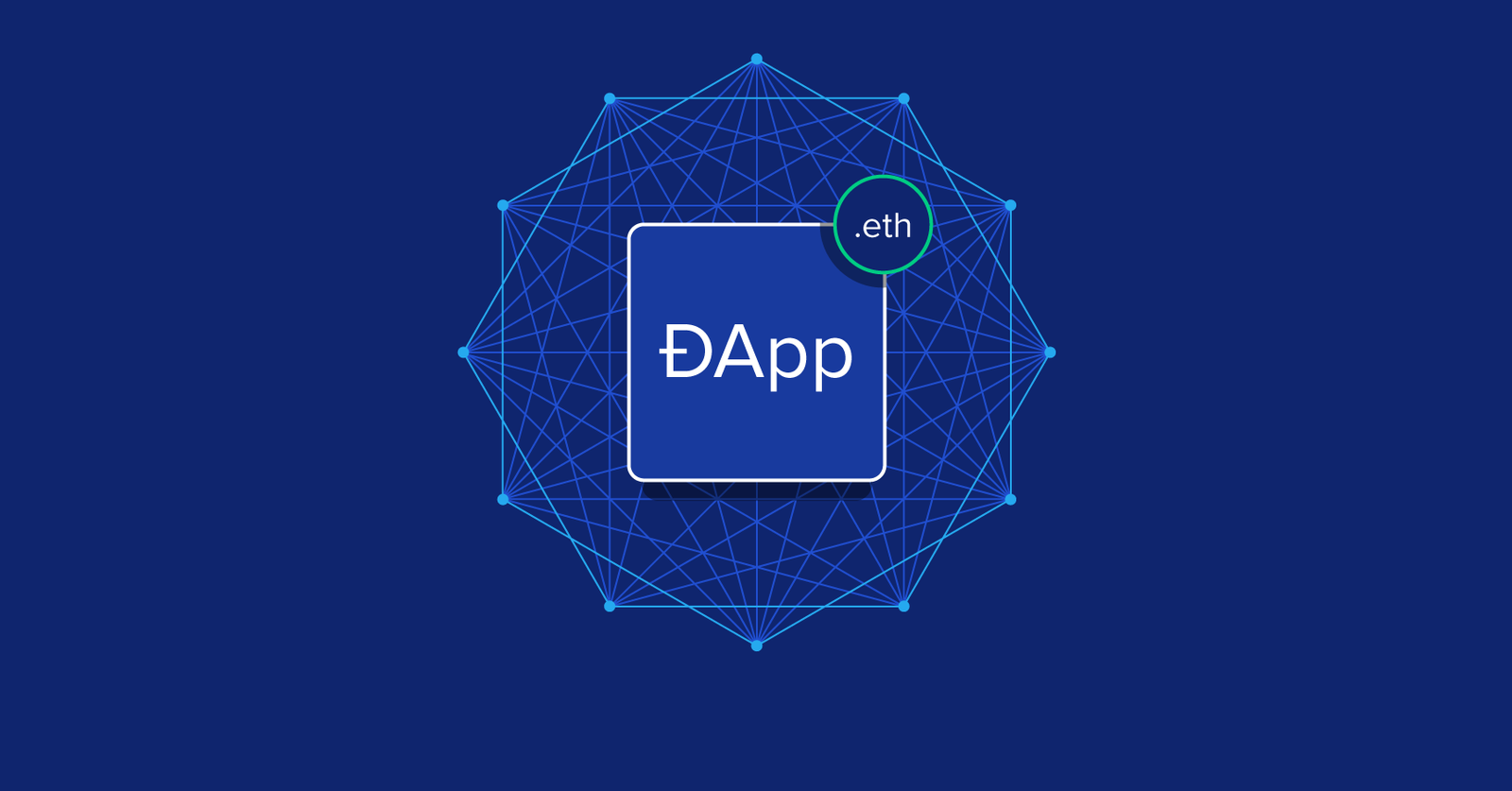
How to Build a Decentralized Application (DApp) on the Blockchain
Introduction
Decentralized Applications (DApps) are applications that run on blockchain networks, providing transparency, security, and trust without relying on a centralized authority. Building a DApp involves various steps, from designing smart contracts to creating a user-friendly frontend. In this guide, we will walk you through the process of building a DApp using Ethereum as an example. Ethereum is one of the most popular blockchain platforms for DApp development.
Sample Case Study:
Building a Decentralized Voting DApp
Let’s consider a sample case where we want to create a decentralized voting application. This application will allow users to cast their votes for a specific proposal using blockchain technology. Here are the steps involved in building this DApp:
1. Define the DApp’s Idea and Requirements
Idea:
Create a secure, transparent, and tamper-proof voting system.
Requirements: Ethereum blockchain, Solidity for smart contracts, Web3.js for frontend, and a secure user authentication mechanism.
2. Smart Contract Development
The core of your DApp is the smart contract. You’ll write a Solidity smart contract to manage the voting process. Here’s a simplified example:
// Voting.sol
pragma solidity ^0.8.0;
contract Voting {
mapping(bytes32 => uint256) public votes;
address public owner;
constructor() {
owner = msg.sender;
}
function vote(bytes32 proposal) public {
require(msg.sender != address(0), “Invalid voter address”);
votes[proposal] += 1;
}
}
3. Smart Contract Deployment
Deploy the smart contract to the Ethereum testnet or mainnet using tools like Remix, Truffle, or Hardhat.
4. Backend Development
Create a backend server that interacts with the Ethereum blockchain through the Web3.js library. The backend will handle user authentication and facilitate interactions with the smart contract.
5. Frontend Development
Build the user interface for the DApp. Users will interact with the voting system through this interface. Here’s a simplified HTML/JS example:
<!– index.html –>
<!DOCTYPE html>
<html>
<head>
<script src=”https://cdn.jsdelivr.net/gh/ethereum/web3.js@1.5/dist/web3.min.js”></script>
</head>
<body>
<h1>Decentralized Voting DApp</h1>
<button id=”voteButton”>Vote for Proposal</button>
<div id=”results”></div>
</body>
<script src=”app.js”></script>
</html>
// app.js
const Web3 = require(‘web3’);
const web3 = new Web3(new Web3.providers.HttpProvider(‘https://infura.io/YOUR_INFURA_API_KEY’));
const contractAddress = ‘0xYourContractAddress’;
const contractABI = […]; // ABI of your deployed contract
const contract = new web3.eth.Contract(contractABI, contractAddress);
document.getElementById(‘voteButton’).addEventListener(‘click’, () => {
const proposal = ‘YourProposalName’;
contract.methods.vote(proposal).send({ from: web3.eth.defaultAccount })
.on(‘receipt’, () => {
alert(‘Vote cast successfully!’);
// Refresh the results on the frontend
});
});
// You can also fetch and display voting results from the smart contract.
6. Hosting and Deployment
Host the frontend on a web server and ensure that your smart contract is deployed to the mainnet.
7. Testing and Security
- Thoroughly test your DApp on the Ethereum Rinkeby testnet to ensure its functionality.
- Perform security audits to identify and mitigate vulnerabilities in your smart contract.
8. User Onboarding
Guide users on how to set up Ethereum wallets like MetaMask and interact with your DApp.
9. Documentation and Community Building
Create user guides and documentation for your DApp. Encourage user engagement and feedback through community building efforts.
10. Compliance and Maintenance
Ensure your DApp complies with relevant regulations and legal requirements. Regularly update and maintain your DApp to add new features and fix bugs.
Conclusion
Building a DApp is a complex but rewarding endeavor. By following these steps and adapting them to your specific project, you can create a decentralized application that provides trust and security to its users.
References:
- Ethereum: https://ethereum.org/
- Solidity: https://soliditylang.org/
- Web3.js: https://web3js.readthedocs.io/
- Truffle: https://www.trufflesuite.com/
- Remix: https://remix.ethereum.org/
- Hardhat: https://hardhat.org/
- Ethereum Developer Documentation: https://ethereum.org/developers/



